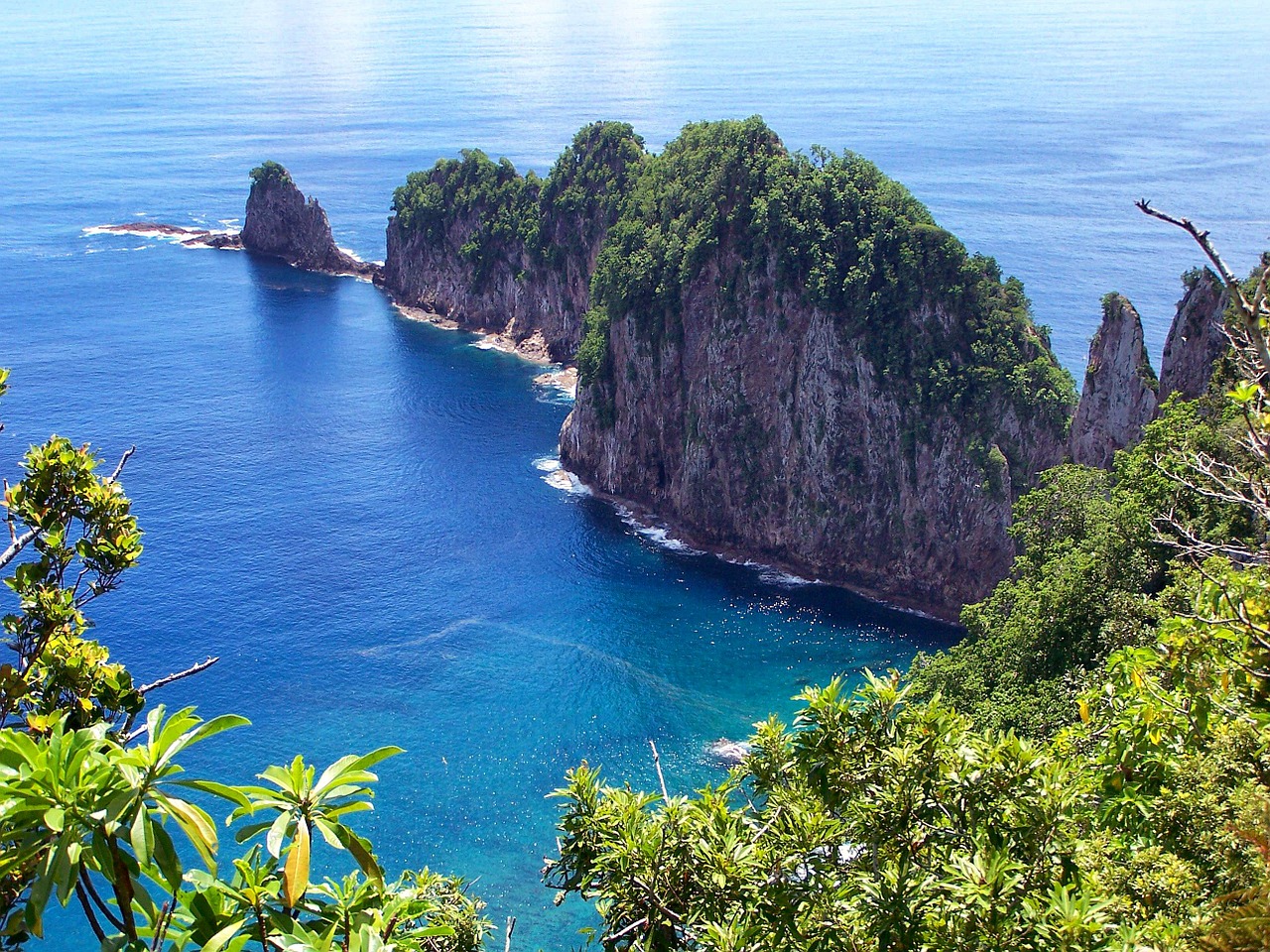
Cool Off and Conserve, Part II: 7 More Marine Sanctuary Destinations for Your Next Vacation
You’ve pulled out the calendar, requested the time off and taken a family survey: Where should we go this year? While many ideas have surfaced, everyone keeps coming back to one thing: water. Sand, sun, surf and splashing are time-honored elements in any vacation, so it’s no wonder your crew has put it on their list as well. But where to go?
Good news: When you plan a visit to one of the sites in the National Marine Sanctuary System, you not only get your watery fix, you also help ocean conservation and local economies. That’s because, while these places are lovely and make for perfect holiday destinations, they also hold a special place in scientific advancement, conservation, and cultural protection.
In our last post covering National Marine Sanctuary travel spots, we covered seven of our favorite protected aquatic destinations. Today, we’ll be covering the remaining seven destinations. Simply read on and choose the one that’s right for you!
8. National Marine Sanctuary of American Samoa and Rose Atoll Marine National Monument
Located far, far out in the watery depths of the Pacific Ocean, visiting American Samoa is quite the escape! An unincorporated territory of the United States, it is actually closer to Australia and Papua New Guinea than it is to the West Coast. Tropical jungles, jutting cliffs and waters ranging from aqua to cerulean make this a can’t-miss destination. Not to mention 3,000 years of Polynesian cultural heritage, diving, snorkeling, coral reefs, and nearby Rose Atoll, a recently added Marine National Monument.
9. Greater Farallones
This national marine sanctuary is located northwest of San Francisco, and is the home of three dozen species of marine mammals as well as Great White Sharks and an estimated quarter million seabirds. You can help protect the area by paying a visit, learning more about its research and conservation activities, and experiencing history through the hundreds of area shipwrecks.
10. Cordell Bank
An example of how much conservation can benefit an area, Cordell Bank off the coast of California is home to a coral reef that has remained very well-preserved over a three-decade span. By visiting, you can help show local groups the importance of this area, encouraging them to connect with congressional representatives and show their support for its ongoing protection and tourist activities, including boating, whale watching and fishing.
11. Monterey Bay
Having made history as one of the premier canning spots in the United States (the factories now mostly closed) as well as the setting of John Steinbeck’s famous novel, Cannery Row, Monterey Bay is a central hub of marine preservation. Visitors can tour the historic town, watch whales, seals, sea lions and otters playing in the sea, enjoy tidepooling and fishing, and visit our friends at Monterey Bay Aquarium.
12. Papahanaumokuakea Marine National Monument
The largest marine protected area in the Northern Hemisphere, Papahanaumokuakea’s more than 7,000 species call its coral reefs home. While public access to the Monument is limited, there are many other ways to learn about its beauty and experience it from afar, whether by aquariums,museums, and visitor centers, virtual visits, andoutdoor experiences in other locations.
13. Mallows Bay – Potomac River
Nominated by surrounding communities and currently under evaluation by the National Oceanic and Atmospheric Administration (NOAA) to become the newest national marine sanctuary, Mallows Bay and the Potomac River are bastions of wild American flora and fauna. Watery offshoots of historic Chesapeake Bay, these proposed sites host birding, kayaking and the remains of more than 100 steamships, collectively and creepily named the “Ghost Fleet.” Throw your support behind its candidacy by visiting, learning more, and volunteering.
14. Stellwagen Bank
Nestled in the Gulf of Maine, Stellwagen Bank was once a prime whale hunting spot, but now supports its local economy and contributes to marine preservation as a destination for whale watchers — it was even named USA Today’s best place to see aquatic wildlife in 2016! Help boost the economy by diving, exploring shipwrecks, viewing wildlife and, let’s be honest, eating some great (sustainable) seafood.
If that’s not enough reason to plan your next vacation at one of the National Marine Sanctuary System’s many beautiful destinations, we just don’t know what is! These treasured places are protected for people from all walks of life to appreciate, and we can all do our part by experiencing the beauty firsthand, contributing to the local economies that help safeguard them, and bringing stories home to our friends and family.
